How do you turn an idea into a plot?
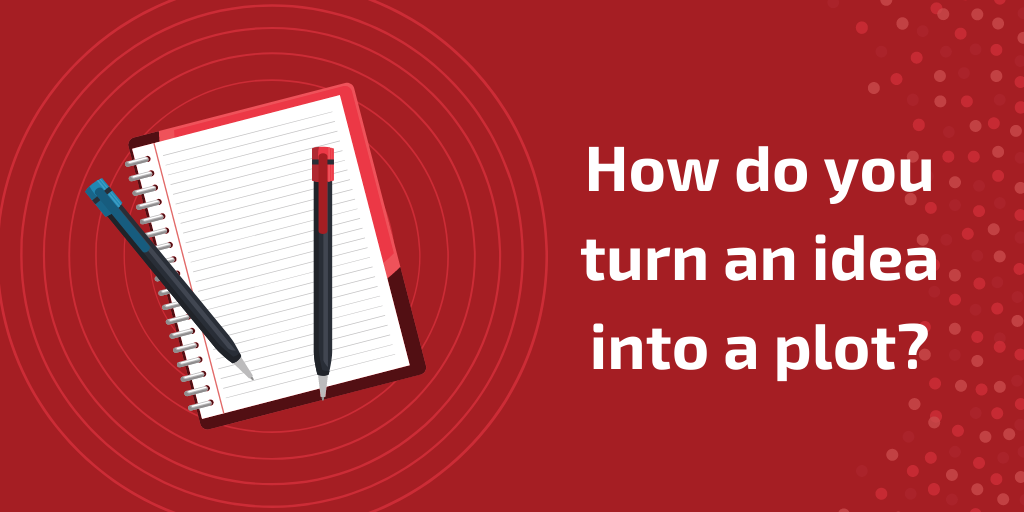
Sometimes, all you have is a single idea. These can come from a stray thought when you’re out for a walk or taking a shower, or a prompt, or a dream. The problem with only having an idea is that it doesn’t really go anywhere. In this blog post, as part of preparation for NaNoWriMo, we’re going to look at how to turn an idea into a plot.
What’s the big idea?
A story is usually made up of a few key elements: the plot, the characters, and the setting, through which we understand the theme and the meaning of the story. That’s a simplification to highlight that the plot is just one piece you need to work on, but one that can help guide the rest of the process. And it all starts with an idea.
Asking the important questions
A plot is based on events, and an idea can help inform them. I expand on this process with my Pocket Prompts, with a completed series on the card ‘Something Explodes’, but the general process behind expanding an idea into a plot is to ask key questions of it. For example:
- What happens if you take your prompt literally, or figuratively?
- Who is affected by the idea that prompts your plot?
- If the idea is for an event, when does it take place?
- If the idea is for a place, is it a place to visit, a place to leave, or a place to avoid?
- If the idea is for a character, are they your protagonist, your antagonist, or a side character along the way?
- What happens if you turn your idea on its head and do the opposite?
Expanding an Explosion
As I mentioned above, I’ve completed this process with the Something Explodes card from my Pocket Prompts. The complete series of articles goes into detail on why I ask particular questions and add certain details. In the end, one card produced 9 ideas for stories.

Everyone interprets differently
One thing that writers tend to be wary of is sharing their ideas. They’re afraid someone will steal them. Odds are, if someone says that online, they’re likely to get the following response:
There are no original ideas.
Everything has already been written. Being a writer isn’t about being 100% original, it’s about writing about something in a new way. Every idea has been done in one way or another, but how an individual writer tackles it will always be different. (Unless, of course, you ask a class of 11 year old boys to write a short story – in my personal experience, at least half a dozen will end with a volcano eruption killing everyone.)
How do you create a character?
There are dozens of resources on making characters – I’m in the middle of making my own as a compliment to Pocket Prompts and 25 Ways to Beat Writer’s Block – but the major thing I’ve learned when writing is that the more I know about them, the easier it is to write about them.
Ask questions about them. Focus on key personal details, like family names, their job, their appearance, for a start. Then, when you have an image of them in your head, find out their why.
Why are they going on an adventure/running for local office/trying to kill that one guy?
The why informs the plot, and how the character will navigate it.
How do you plan a book?
That’s for tomorrow, when we’ll look at a quick-plan method for the writer on a tight deadline. With April fast approaching – and Camp NaNoWriMo with it – we’re all in that boat.
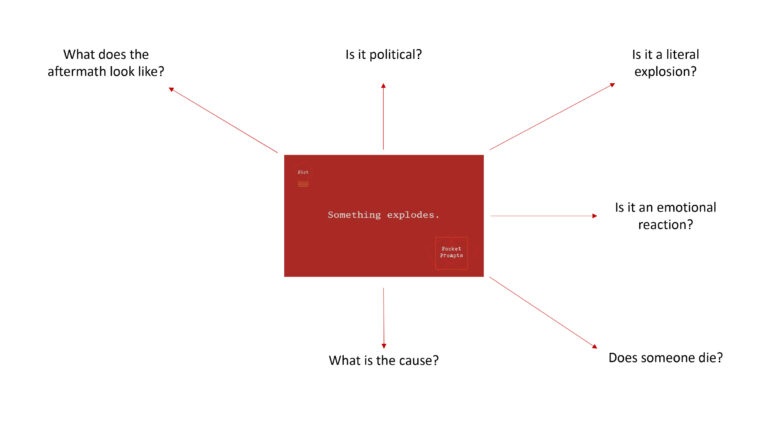
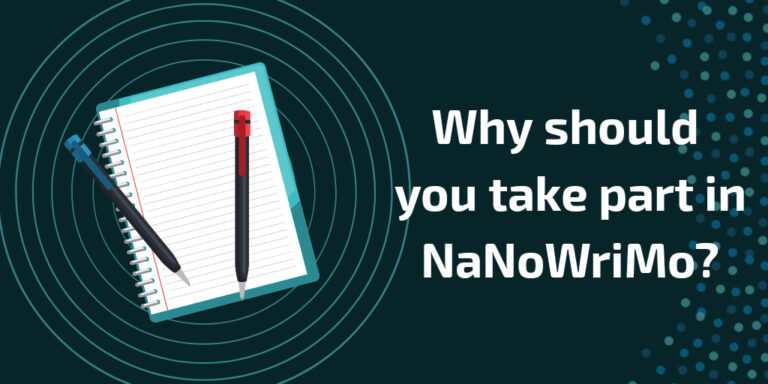
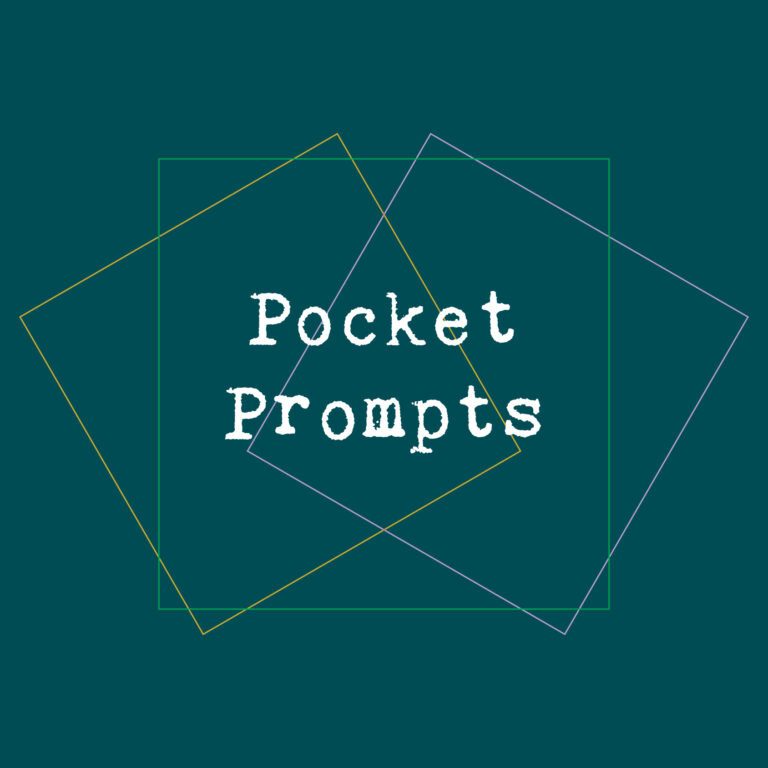
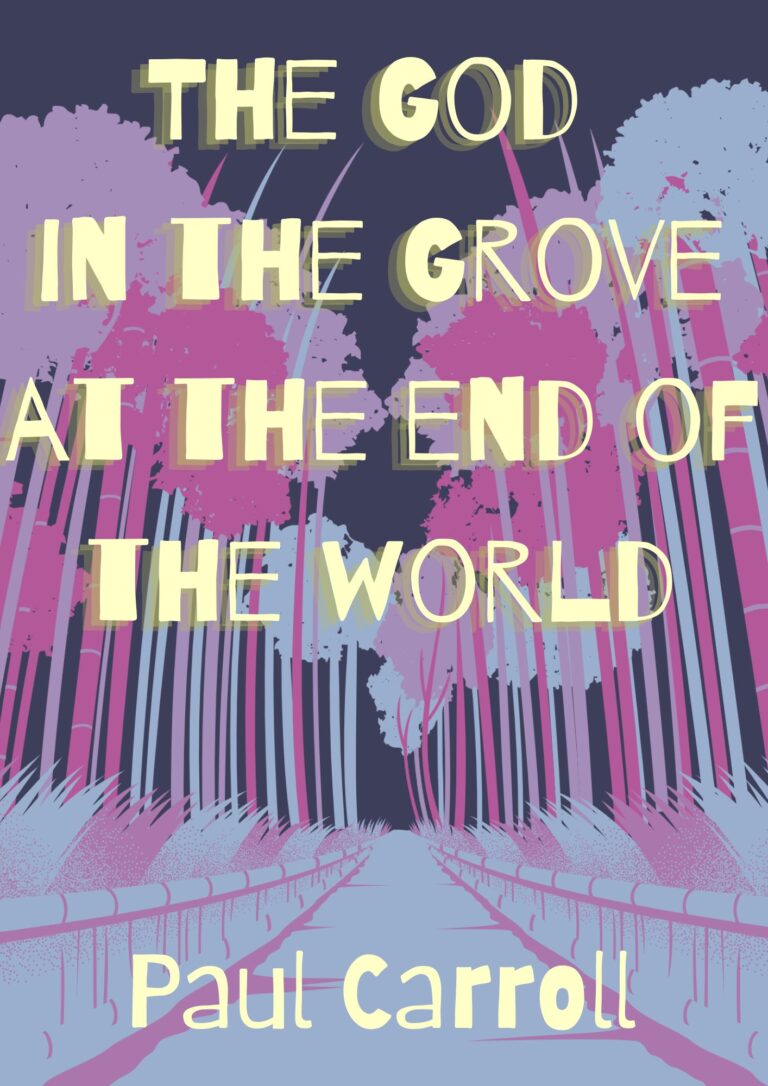
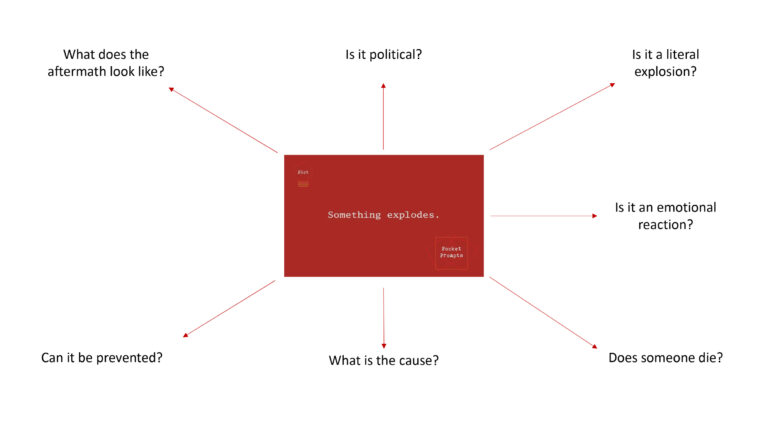
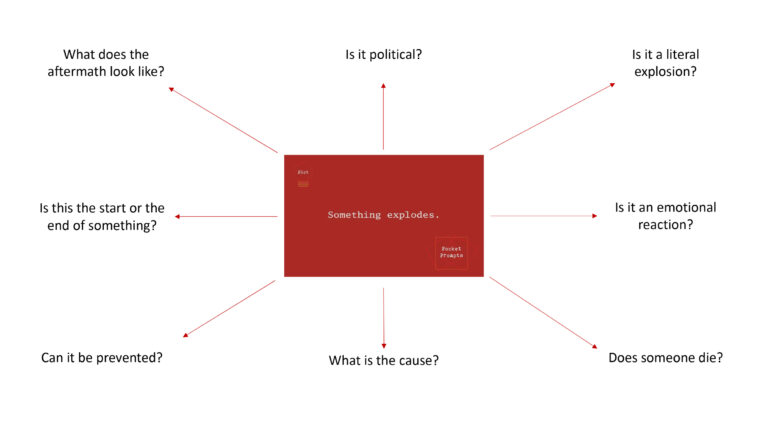
One Comment